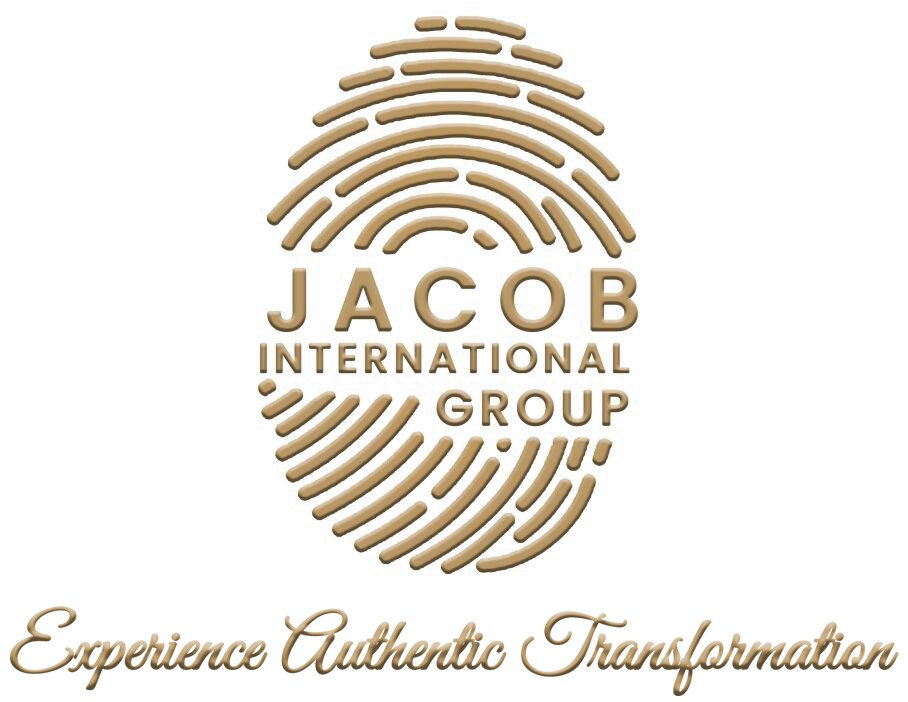The one who rises from the ashes like a phoenix is truly indelible. LEGO is one of those companies that hold the pinnacle of success. Peculiarly early in 2003/2004, LEGO was near bankruptcy. Amazingly, the company believed in its vision, broadened its spectrum, and worked towards reinventing the company to surge again.
Back in 1932, Ole Kirk Christiansen, a carpenter, started making wooden toys. They were not the LEGO blocks we know today, but were mere toys made from wood. This aspiring, motivated, and a dedicated man from Denmark single-handedly sold his wooden toys door to door along with other carved products such as ladders, and household furniture. Unfortunately, he suffered a great loss when his factory burned down from a fire that ignited from some of the wooden shavings. Christiansen refused to give up because he believed that after every sunset, there will be a sunrise.
Christiansen literally picked up the remnants, combined the bricks, and rebuilt his company. The company was still selling wooden blocks along with a few plastic toys, which as per market research during that time was termed cheap and inferior. Though the plastic toys were essentially LEGOS, they did not have anything at the bottom to lock the pieces together. This product design disappointed consumers. However, Christiansen never gave up on his idea; they pushed their boundaries and alongside his creative team, Christiansen decided to give their strategy a twist. They offered their customers LEGO blocks that could construct a whole city, including different shapes blocks including objects like cars, little human figurines, and more. They advertised the brand in such a way that it intrigued people, making LEGO an international household name.
Enjoying the winds on the highest ranks, the company saw a fall again as they made things more complex for themselves and lost sight of the company’s vision. In the year 2004, Jorgen Vig Knudstorp was appointed as the Group CEO. He took immediate measures to save LEGO from bankruptcy and got them back on track.
Knudstorp set up an agile structure whereby the leader was not valued alone for the win, but rather fused a pearl of shared wisdom for creativity and innovation. The new leader made the goal vivid and made sure it was adopted amongst everyone so they can stay on single grounds.
Equally, ‘When nothing works right, get back to basics, and that’s what LEGO did. Earlier, the company was spending more on production than they were actually selling. Jorgen sailed the ship out from the storm by monitoring the expenses of the company and reducing the variety as per the market requirement.
Management plays a vital role in building an Innovation Management Model whereby people are allowed to discover, question and rely on science in an agile structure with aligned goals with very little bureaucracy . A company with its heart and head in the right direction can overcome any obstacle with the right management and leadership. A little change in perspective and efficient change in management can help the company evolve and grow to new heights. Just as LEGO took a rise after several falls, you must be thinking about what is it that makes a leader, the management, or the structure of the business swift and responsive?
Bureaucracy – traditional route for coordination
The conventional path for planning jobs in a huge organization is bureaucracy, a more formalized structure. Alternatively, an organization can utilize emergence to organize jobs. It is unconstrained, spontaneous and jobs are refined by parties cooperating as an issue of personal responsibility.
Hierarchy – a traditional route to communication
The conventional way of settling on and conveying choices in an enormous association is by means of hierarchy. The alternate way is collective intelligence, where amassed mastery is esteemed more exceptionally than the guidance of one leader.
Alignment – traditional route to achieve the goal
The conventional guideline for setting objectives in a huge organization is alignment, where all representatives pursue a typical goal. The alternate is obliquity that is the possibility that objectives are best accomplished when you work towards them indirectly.
Management models
The management model development is typically determined by three arrangements of people. These are mid-level managers, high-level executives, and external accomplices, such as experts. There are four principle models of the executives:
- Discovery.
- Planning.
- Quest.
- Science.
Selecting the correct model is significant for executives that are hoping to improve their associations. Select your management model from the start, conduct a heap load of research and choose what’s right for your organization. If a chosen model deems unfit, then just like LEGO, don’t be afraid to reinvent your management model for long-term success.




